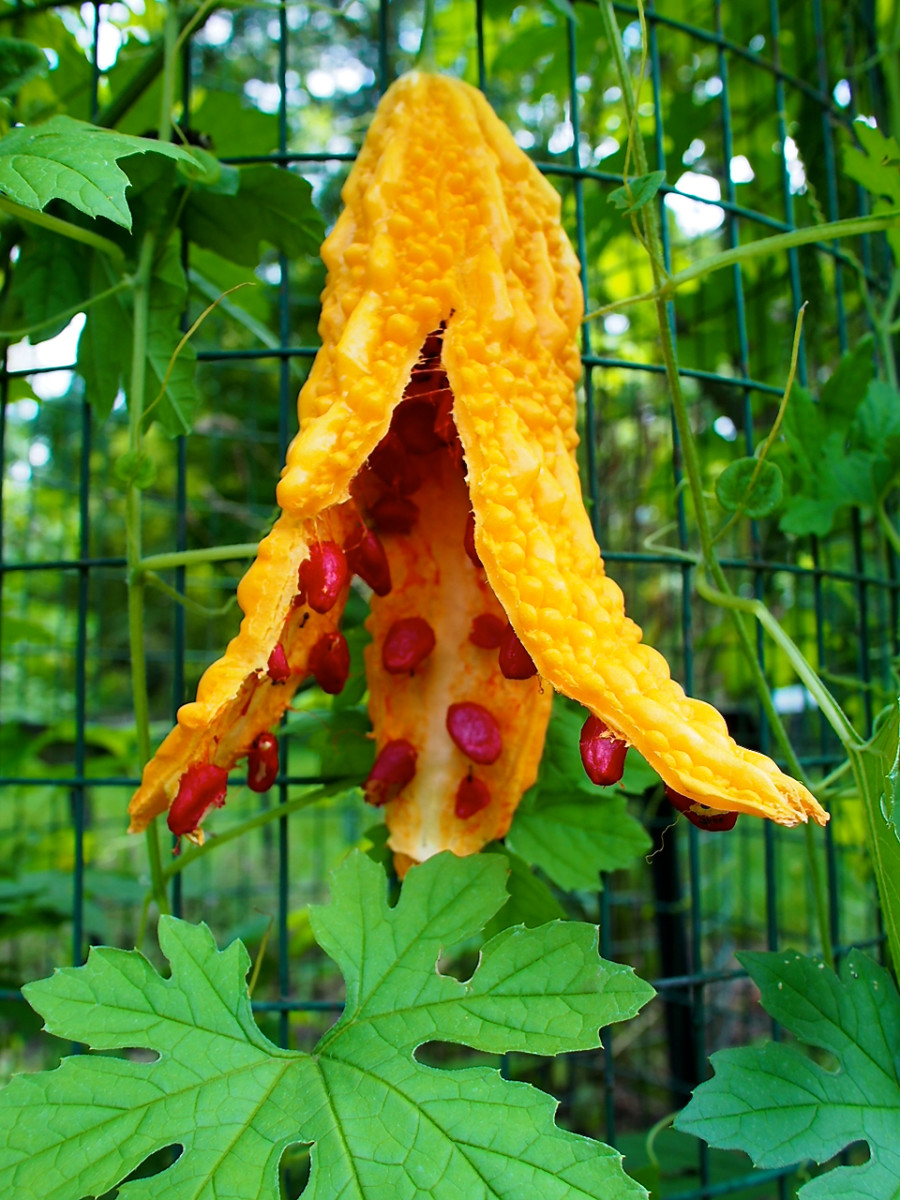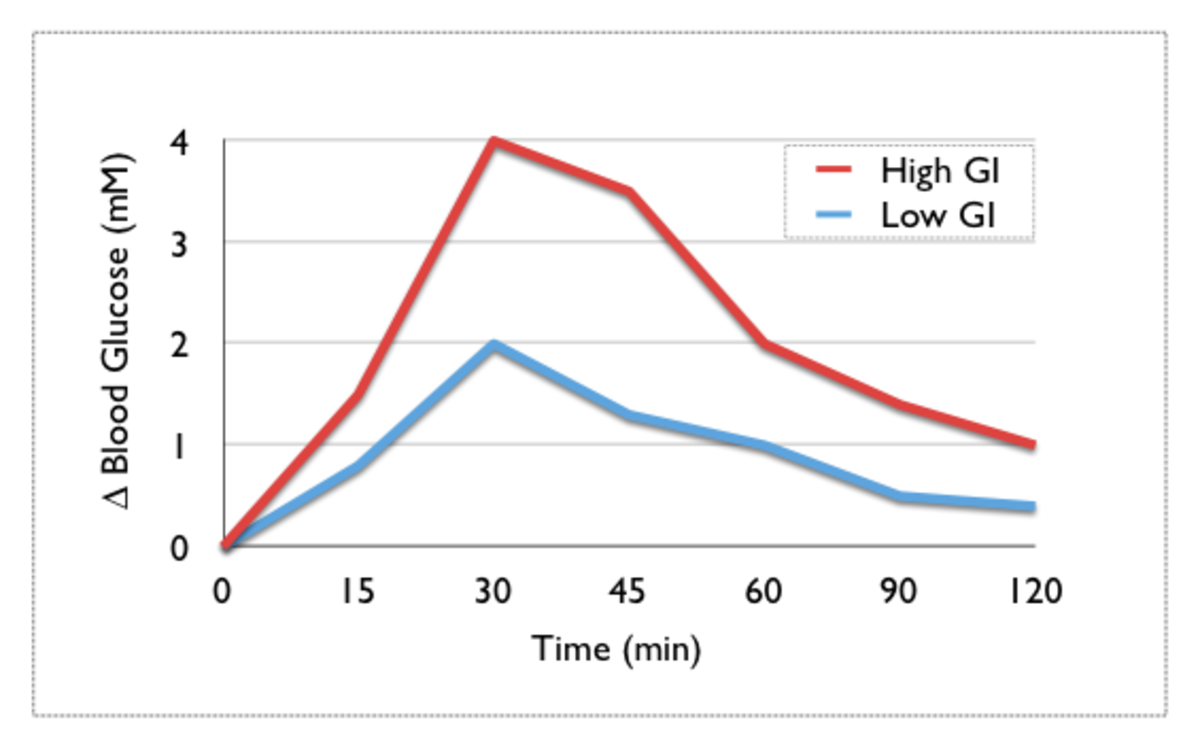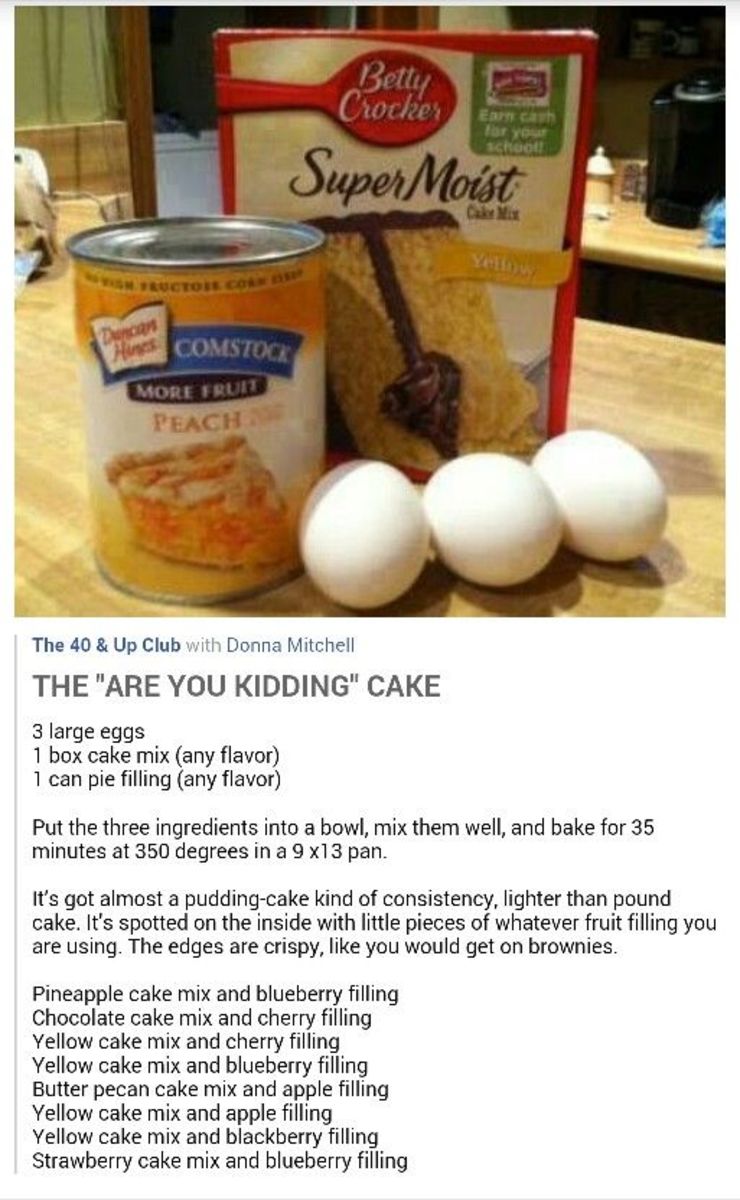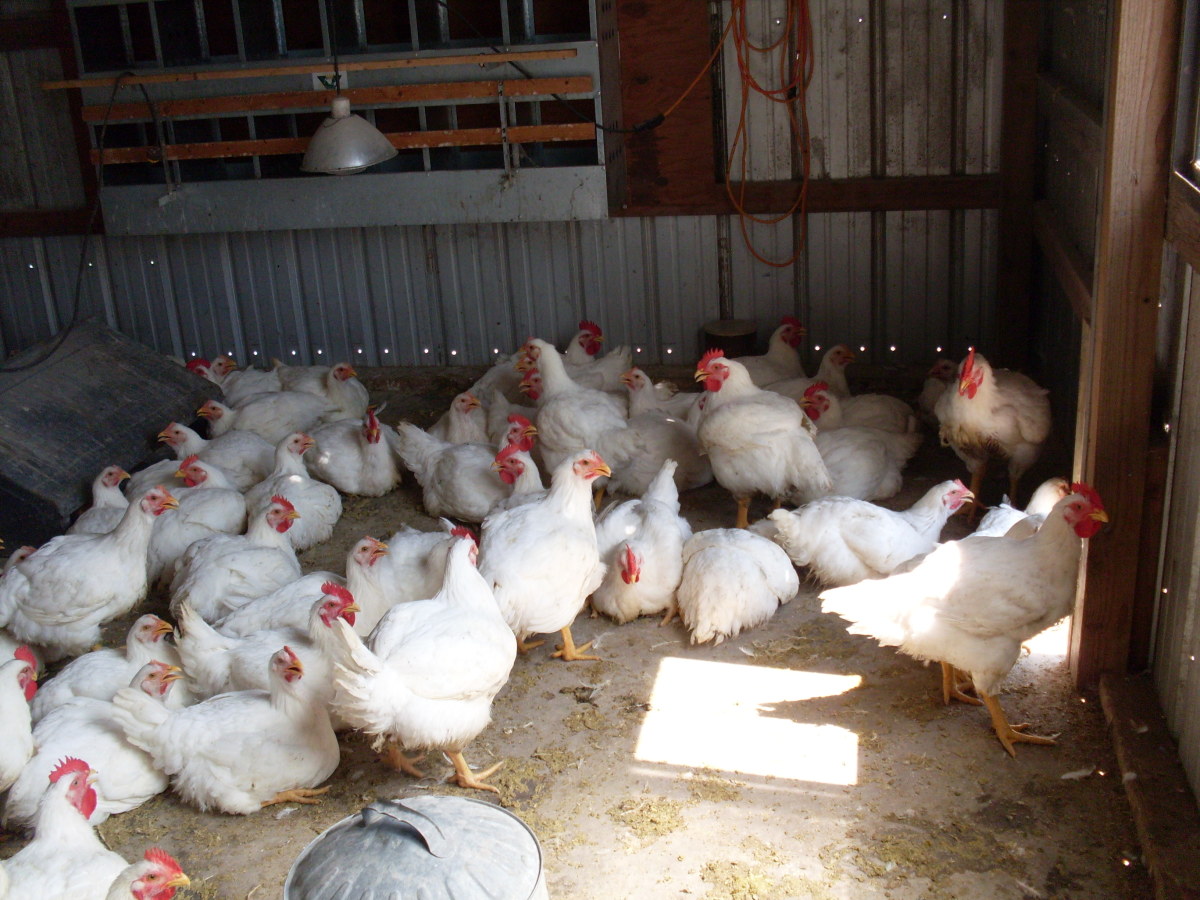Spaghetti Squash Healthier Alternative to Spaghetti
For some who are restricted from eating spaghetti pasta, then the vegetable spaghetti squash is a great alternative. Spaghetti squash is a variety of winter squash that looks like spaghetti. Even for those who can eat pasta, spaghetti squash is a great and healthier alternative. And even tastier too. Plus definitely more nutritious than spaghetti.
Pasta such as spaghetti contains gluten. For those with celiac disease or have gluten intolerance, spaghetti is out. Another article describes the problems with gluten. Although, there are some gluten-free pastas.
Glycemic load of spaghetti and squash
For diabetics and those with high blood sugar, they know that they have to be concerned with the glycemic index and glycemic load of foods. These numbers vary depending on the source referenced. The glycemic index tells you how fast the food turns into sugar -- a high value being not good.
Spaghetti can be found quoted to have a low glycemic index of 42 to a high glycemic index of 78. It depends on the type of pasta, whether it is durum or protein-enriched, which would make it have a lower glycemic index. It also depends on how it is cooked, whether it is al dente (with a lower glycemic index) or mushy (higher glycemic index).
A better measure of a food's effect on blood sugar is the glycemic load. It takes into account the amount and quality of the carbohydrate in the food as well as the glycemic index.
While the amount of carbohydrate in spaghetti and squash is about the same. Spaghetti squash has a better form of carbohydrate. Afterall, squash is a natural whole food while pasta is processed food. The fiber in the squash slows down the absorption of the carbohydrate as well as slowing its conversion into glucose.
World's Healthiest Foods writes that ...
"However, recent research has made it clear that all starch is not the same, and the starch content of winter squash brings along with it some key health benefits. Many of the carbs in winter starch come from polysaccharides found in the cell walls. These polysaccharides include pectins—specially structured polysaccharides that in winter squash often include special chains of D-galacturonic acid called homogalacturonan. An increasing number of animal studies now show that these starch-related components in winter squash have antioxidant, anti-inflammatory, as well as anti-diabetic and insulin-regulating properties."
Hence if you look at the glycemic load of spaghetti squash it has a very low load of 2 [reference] While spaghetti has a glycemic load of 23 [reference]
Nutritional Content of Spaghetti Squash
Hands down, spaghetti squash beats spaghetti in terms of nutrition. You can say that spaghetti squash is more nutrient dense than spaghetti. You want to consume as much nutrient dense foods as possible.
Spaghetti squash contains healthy vitamins and antioxidants. It contains healthy beta-carotene and is high in vitamin A, C, and fiber. It has good B and K vitamins. It contains healthy minerals such as magnesium and potassium. And has even has tryptophan and omega-3 fats. But it has no cholesterol and virtually no saturated fats.
Because squash can pull up chemicals from the soil, it is best to get them organic. Don't get ones that are green (too ripe) or have dark spots (spoiled). The meat inside should be yellow/orange that indicates that the beta carotene content is at its fullest.
Cooked Spaghetti Squash
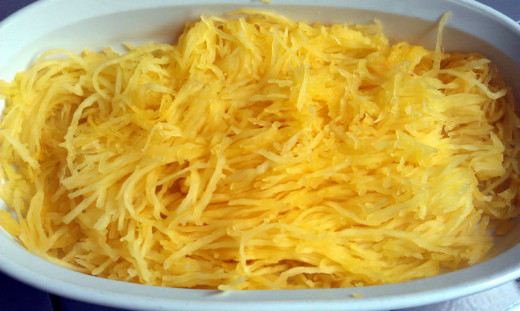
How to Cook Spaghetti Squash
There are two main method of cooking spaghetti squash. The hard way and the easy way. Either case, wash the squash first.
Let's start with the hard way, because this way is easier to remember. You just have to remember the number 35. That is to bake it for 35 minutes in a 350 degrees oven (fahrenheit).
The difficult part is that you have to slice the squash lengthwise first. It helps to slice off the top with the stem and then slice lengthwise. Warning, uncooked squash is really tough skinned. Be careful with that knife (which you probably need a big serrated one). Or you can put that squash in a clamp and saw it in half lengthwise.
After you get that squash sliced in half, remove all the seeds before putting it into the over. Put it on a pan with cut side up. Others may recommend slightly higher temperature for slightly longer time. It depends on how soft you want your squash and how big it is.
If you are unable to slice the uncooked squash in half, just go with the easy way, which we describe next. That is why most recipes recommend the easy way.
The easy way is to just put the whole squash into a 375 degree oven for an hour. Yes, it takes longer because the squash is unopened. Then take it out and it will be easier to cut. Cut length wise, remove seeds, and put back into oven for 10 more minutes.
In both cases, bake the squash with the cut side up.
After squash comes out, cut out the meat and they should naturally fall out into strands just like spaghetti. Then season to taste with salt, salt substitute, and/or ground black pepper, or whatever you like. You can even put marinara sauce on it just as you would spaghetti.
SteamyKitchen has a step-by-step picture recipe.



